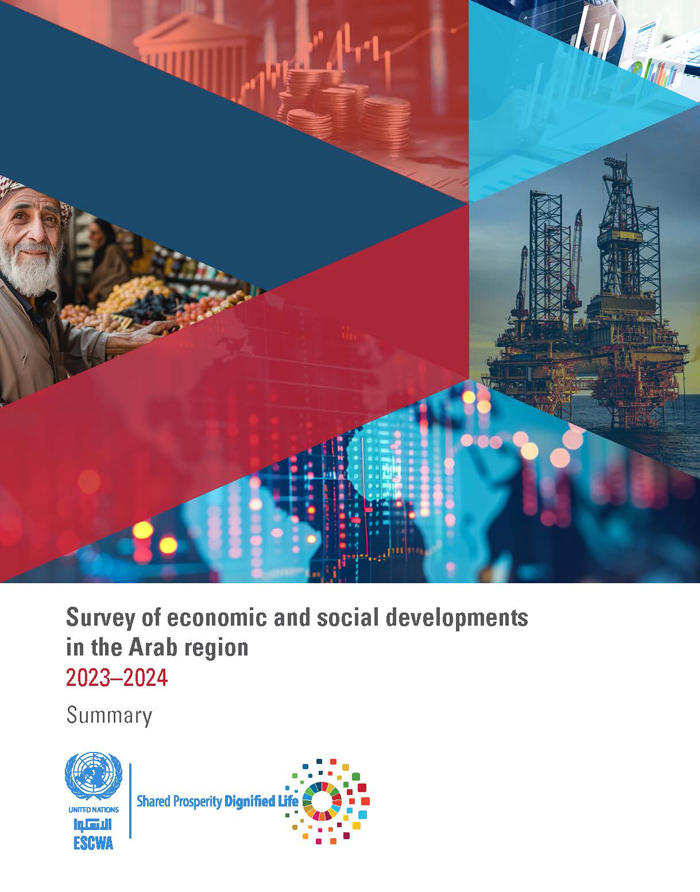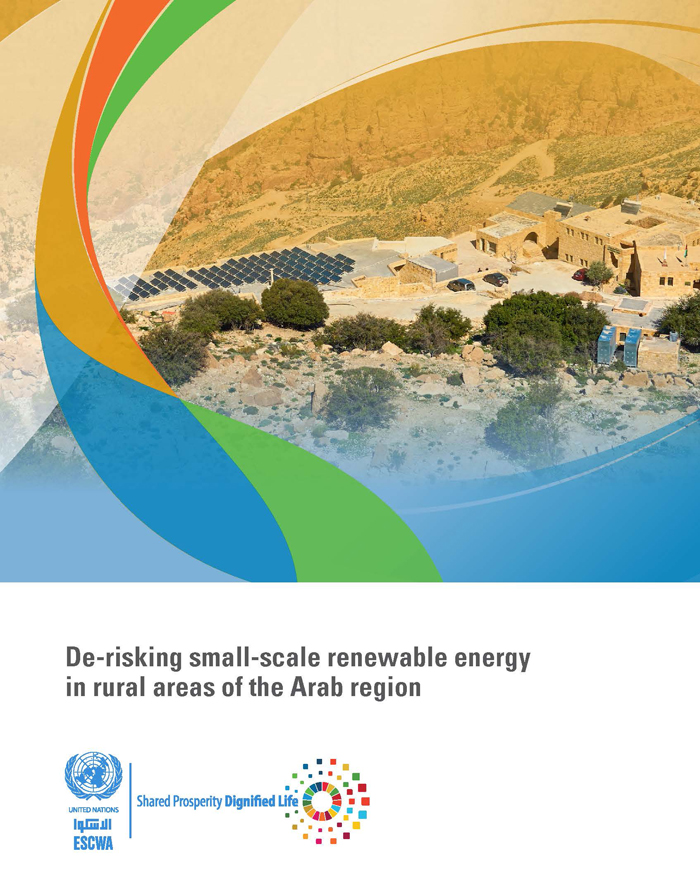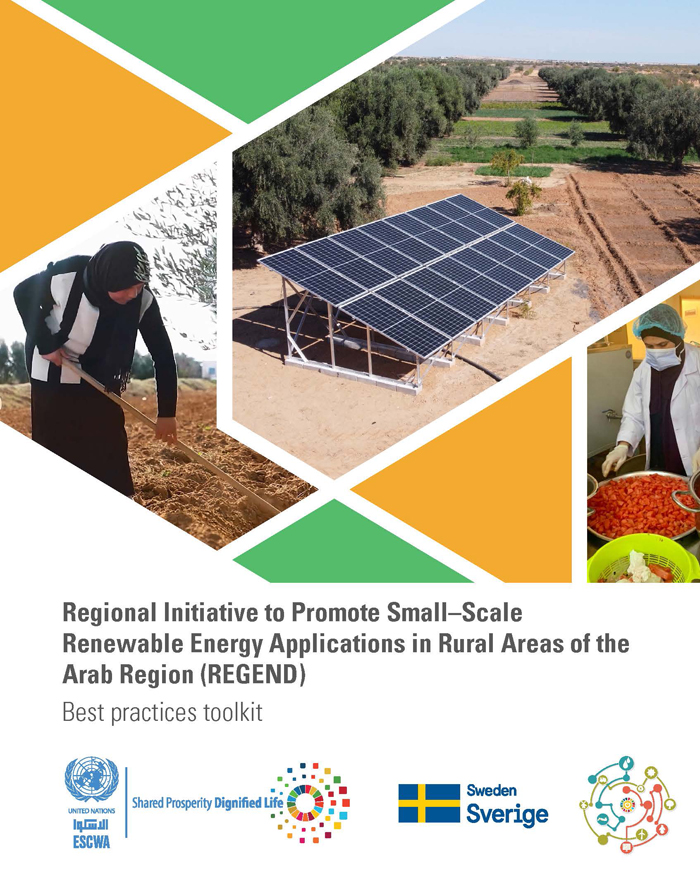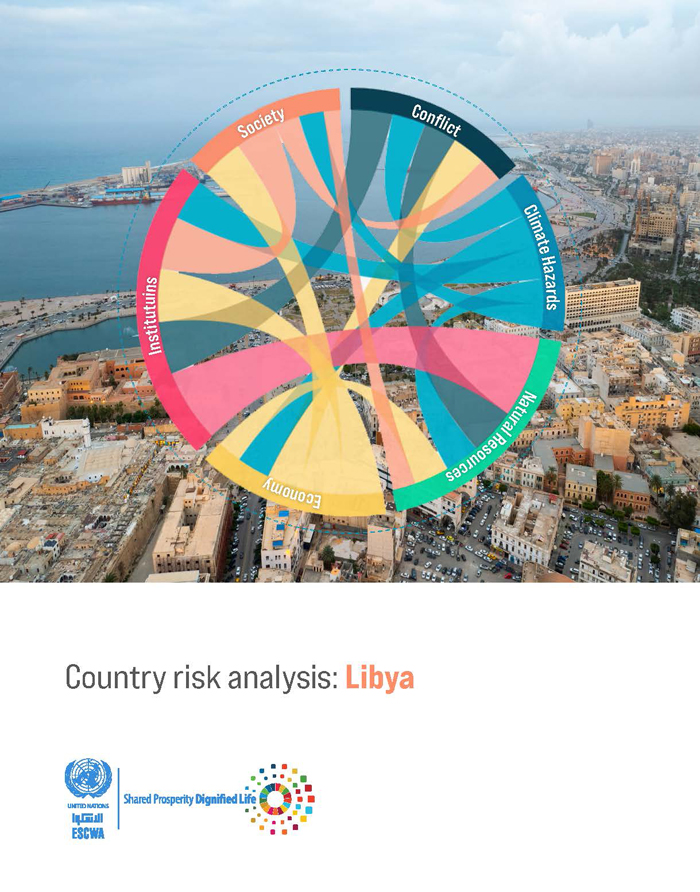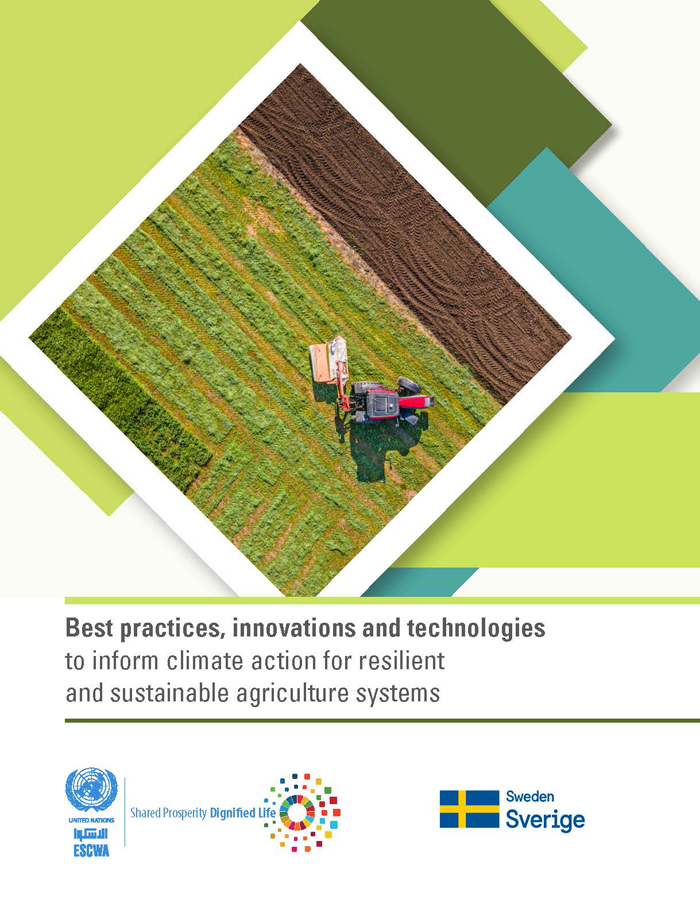
ESCWA Publication: E/ESCWA/CL1.CCS/2021/TP.9
Country: Arab region
Publication Type: Information material
Cluster: Climate Change and Natural Resource Sustainability
Focus Area: Climate change, Natural resource sustainability
Initiatives: RICCAR, Advancing water and food security
SDGs: Goal 13: Climate Action
Keywords: Climate, Sustainable agriculture, Climate change, Natural resources, Agriculture
Best practices, innovations and technologies to inform climate action for resilient and sustainable agriculture systems
September 2022
The green revolution failed to achieve the United Nations Millennium Development Goals of halving hunger by 2015 in water-scarce regions, such as the Arab region. Most of this region is characterized by limited arable lands, poor renewable water supplies and semi-arid or arid climatic conditions. High population growth rates and increasing urbanization are putting a strain on natural resources at a time when food demand is on the rise. The region's small and fragile natural resource base, as well as diminishing productivity, severely limit the food supply, making it highly reliant on imports and subject to increases and volatility in international food costs, as well as other externalities.
This document is intended to guide countries on adaptation and mitigation benefits from technologies and practices that can be applied to enhance water and land management and livestock production for a more resilient agriculture sector.
Related content
Climate change
, Natural resource sustainability
,
The green revolution failed to achieve the United Nations Millennium Development Goals of halving hunger by 2015 in water-scarce regions, such as the Arab region. Most of this region is characterized by limited arable lands, poor renewable water supplies and semi-arid or arid climatic conditions. High population growth rates and increasing urbanization are putting a strain on natural resources at a time when food demand is on the rise. The region's small and fragile natural resource base, as well as diminishing productivity, severely limit the food supply, making it highly reliant on imports and subject to increases and volatility in international food costs, as well as other externalities.
This document is intended to guide countries on adaptation and mitigation benefits from technologies and practices that can be applied to enhance water and land management and livestock production for a more resilient agriculture sector.
